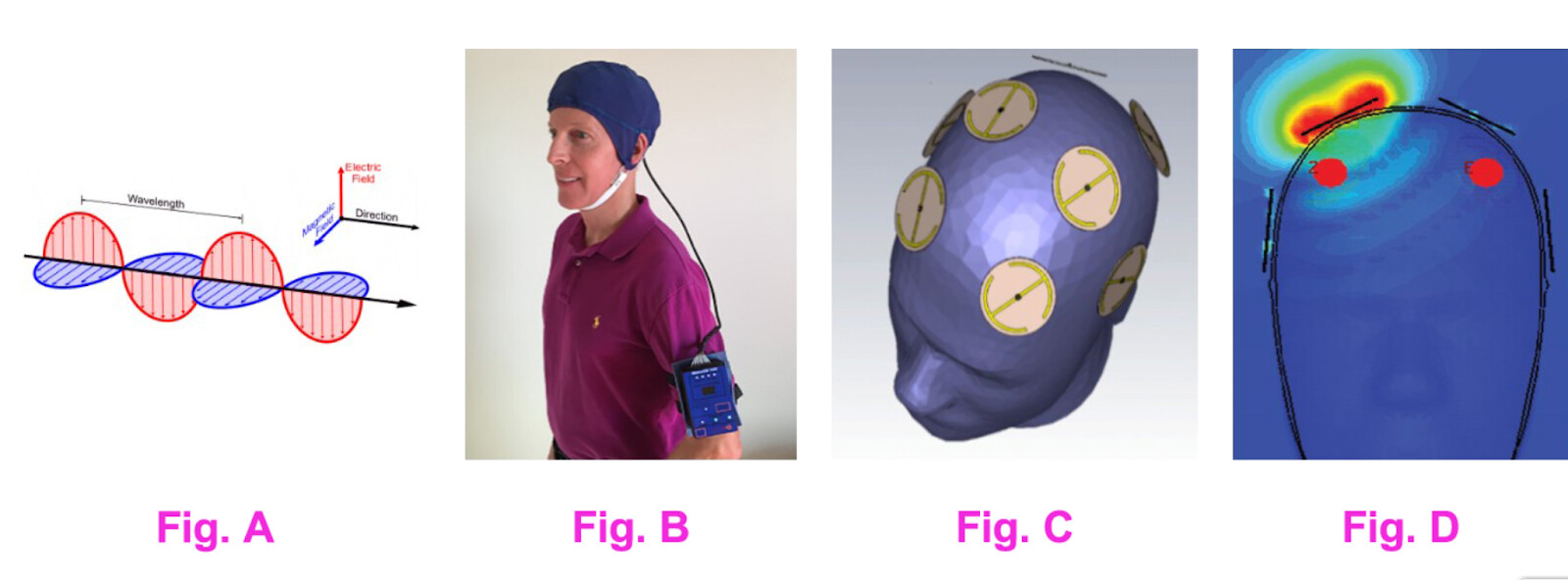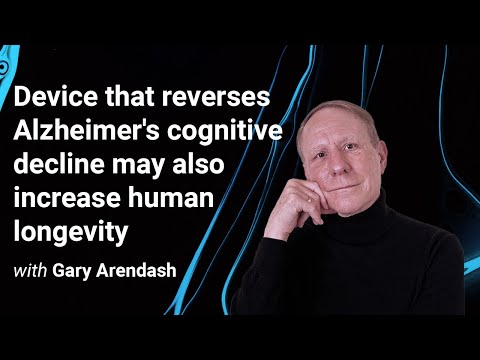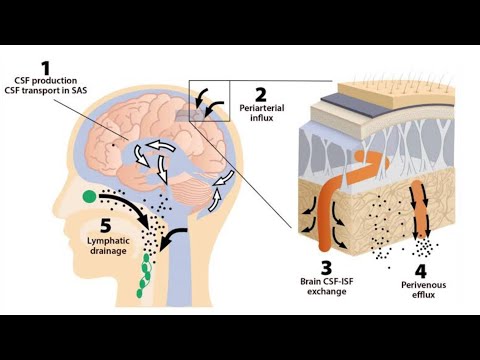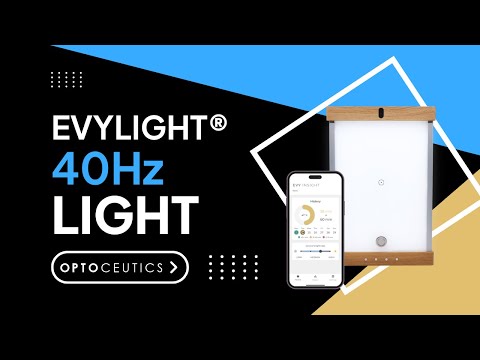It would be great if you could do any or all of the following tests before and after PEMF!
That way, we would have a comparison to Red light therapy / / transcranial photobiomodulation (tPBM) / transcranial infrared laser simulation TILS, i.e. low-power and high-fluence light from lasers or light-emitting diodes in the red to near-infrared range (620 to 1100 nm) onto the cerebral cortex.
These tests show improvements in various cognitive aspects from RLT/tPBM/TILS therapy vs placebo all in healthy adults of various ages (except nr 5 below that was without placebo and in adults with self-reported emerging memory complaints).
1 Sustained-attention psychomotor vigilance task (PVT) testing reaction time, delayed match-to-sample (DMS) memory task testing working memory and Positive and Negative Affect Schedule (PANAS-X),
2 The Wisconsin card sorting test for executive function
3 Accuracy rate and response time in 1- and 3-back tasks
4 Flanker and category fluency test
5 Resting-state EEG alpha, beta and gamma power (+PVT/DMS)
1 PVT, DMS and PANAS-X
Transcranial infrared laser stimulation produces beneficial cognitive and emotional effects in humans - PubMed (nih.gov)
Light that intersects with the absorption spectrum of cytochrome oxidase was applied to the forehead of healthy volunteers using the laser diode CG-5000, which maximizes tissue penetration and has been used in humans for other indications. We tested whether low-level laser stimulation produces beneficial effects on frontal cortex measures of attention, memory and mood.
Reaction time in a sustained-attention psychomotor vigilance task (PVT) was significantly improved in the treated (n=20) vs. placebo control (n=20) groups, especially in high novelty-seeking subjects. Performance in a delayed match-to-sample (DMS) memory task showed also a significant improvement in treated vs. control groups as measured by memory retrieval latency and number of correct trials. The Positive and Negative Affect Schedule (PANAS-X), which tracks self-reported positive and negative affective (emotional) states over time, was administered immediately before treatment and 2 weeks after treatment. The PANAS showed that while participants generally reported more positive affective states than negative, overall affect improved significantly in the treated group due to more sustained positive emotional states as compared to the placebo control group
2 Wisconsin card sorting test.
Improving executive function using transcranial infrared laser stimulation - PMC (nih.gov)
Specifically, we ask whether transcranial laser stimulation enhances performance in the Wisconsin Card Sorting Task (WCST) that is considered the gold-standard of executive function and is compromised in normal aging and a number of neuropsychological disorders. We used a laser of a specific wavelength (1064 nm) that photostimulates cytochrome oxidase—the enzyme catalyzing oxygen consumption for metabolic energy production. Increased cytochrome oxidase activity is considered the primary mechanism of action of this intervention. Participants who received laser treatment made fewer errors and showed improved set-shifting ability relative to placebo controls.
3 Accuracy rate and response time in 1- and 3-back tasks
Repeated transcranial photobiomodulation improves working memory of healthy older adults: behavioral outcomes of poststimulation including a three-week follow-up - PMC (nih.gov)
61 healthy older adults were recruited to participate in a longitudinal study involving an experimental baseline, seven days of tPBM treatment (12 min daily, 1064-nm laser, 250 mW/cm2) in the left dorsolateral prefrontal cortex and three weeks of follow-ups.
Repeated and single tPBM significantly improved accuracy rate in 1- and 3-back tasks and decreased response time in 3-back compared to the baseline. Moreover, the repeated tPBM resulted in a significantly higher improvement in accuracy rate than the single tPBM. These improvements in accuracy rate and response time lasted at least three weeks following repeated tPBM. In contrast, the control group showed no significant improvement in behavioral performance.
Recent studies have shown that a few minutes of tPBM over the frontal cortex could significantly improve cognitive outcomes, such as memory7 and executive function9 in young adults.
4 Flanker and category fluency test
Photobiomodulation Improves the Frontal Cognitive Function of Older Adults - PMC (nih.gov)
Significant group (experimental, control) × time (pre-PBM, post-PBM) interactions were found for the flanker and category fluency test scores. Specifically, only the older adults who received real PBM exhibited significant improvements in their action selection, inhibition ability, and mental flexibility after vs. before PBM.
The PBM device consisted of three separate light-emitting diode cluster heads (633 nm and 870 nm), which were applied to both sides of the forehead and posterior midline,
5 PVT DMS (same as nr 3) also resting-state EEG alpha, beta and gamma power,
Beneficial neurocognitive effects of transcranial laser in older adults - PMC (nih.gov)
Note: This study was without placebo, however the functional neuroimaging study included a comparison control group without laser treatment
Transcranial infrared laser stimulation (TILS) at 1064 nm, 250 mW/cm2 5 weekly session 8 minutes each.
We investigated the cognitive effects of TILS in older adults (ages 49–90, n=12) using prefrontal cortex measures of attention (psychomotor vigilance task, PVT) and memory (delayed match-to-sample, DMS), carotid artery intima-media thickness (measured by ultrasound), and evaluated the potential neural mechanisms mediating the cognitive effects of TILS using exploratory brain studies of electroencephalography (EEG, n=6) and functional magnetic resonance imaging (fMRI, n=6). Cognitive performance, age and carotid artery intima-media thickness were highly correlated, but all participants improved in all cognitive measures after TILS
Comparisons of mean cognitive scores all showed improvements, significant for PVT reaction time (p < 0.001), PVT lapses (p < 0.001), and DMS correct responses (p < 0.05). The neural studies also showed for the first time that TILS increases resting-state EEG alpha, beta and gamma power, and promotes more efficient prefrontal BOLD-fMRI response. Importantly, no adverse effects were found.
As predicted, cognitive improvements as measured by the DMS and PVT tasks were larger in the older patients with higher IMT values than the younger participants



